News
-
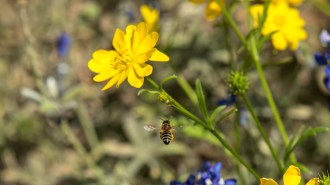 Ecosystems
EcosystemsFlowers may be big antennas for bees’ electrical signals
The finding suggests a way for plants to share information about nearby pollinators and communicate when to trigger nectar production.
-
 Health & Medicine
Health & MedicineA protein found in sweat may protect people from Lyme disease
The protein stopped Borrelia burgdorferi, a bacterium that is transmitted by ticks, from growing in dishes or infecting mice.
-
 Earth
EarthPolar forests may have just solved a solar storm mystery
Spikes of carbon-14 in tree rings may be linked to solar flares, but evidence of the havoc-wreaking 1859 Carrington event has proven elusive until now.
-
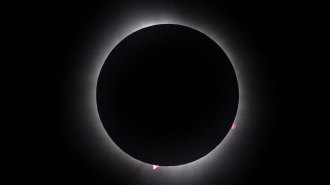 Space
SpaceDuring the awe of totality, scientists studied our planet’s reactions
Earth’s atmosphere was a big area of focus for scientists studying the total solar eclipse on April 8, 2024.
By Adam Mann -
 Environment
EnvironmentHeat waves cause more illness and death in U.S. cities with fewer trees
There are usually fewer trees in neighborhoods with higher populations of people of color. Planting trees could save hundreds of lives every year.
By Jude Coleman -
 Science & Society
Science & SocietyYour last-minute guide to the 2024 total solar eclipse
From getting eclipse glasses to checking your weather, we’ve got you covered to help you enjoy this incredible solar eclipse.
By Karen Kwon -
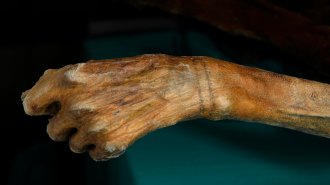
How Ötzi the Iceman really got his tattoos
Modern tattooing experiments challenge a popular idea about how the roughly 5,200-year-old mummified man got marked with dark lines.
By Bruce Bower -
 Chemistry
ChemistryProtein whisperer Oluwatoyin Asojo fights neglected diseases
Oluwatoyin Asojo’s work on hookworm protein structures have contributed to a vaccine being tested in people.
By Carmen Drahl -
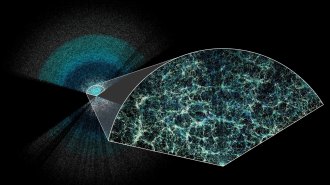 Cosmology
CosmologyThe largest 3-D map of the universe reveals hints of dark energy’s secrets
A year of data from DESI, the Dark Energy Spectroscopic Instrument, suggests that, contrary to expectations, dark energy might vary over time.
-
 Physics
PhysicsPhysicists take a major step toward making a nuclear clock
By tweaking the energy of a thorium nucleus with a laser, scientists demonstrated a key step to building clocks based on the physics of atomic nuclei.
-
 Astronomy
AstronomyHow a 19th century astronomer can help you watch the total solar eclipse
Astronomer Maria Mitchell’s observations of total solar eclipses from more than 100 years ago hold tips that are still relevant for watching an eclipse.
-
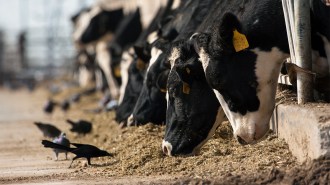 Health & Medicine
Health & MedicineBird flu has infected a person after spreading to cows. Here’s what to know
H5N1 has wreaked havoc on birds around the globe and occasionally made the jump to mammals, including cows. The risk to people remains low.